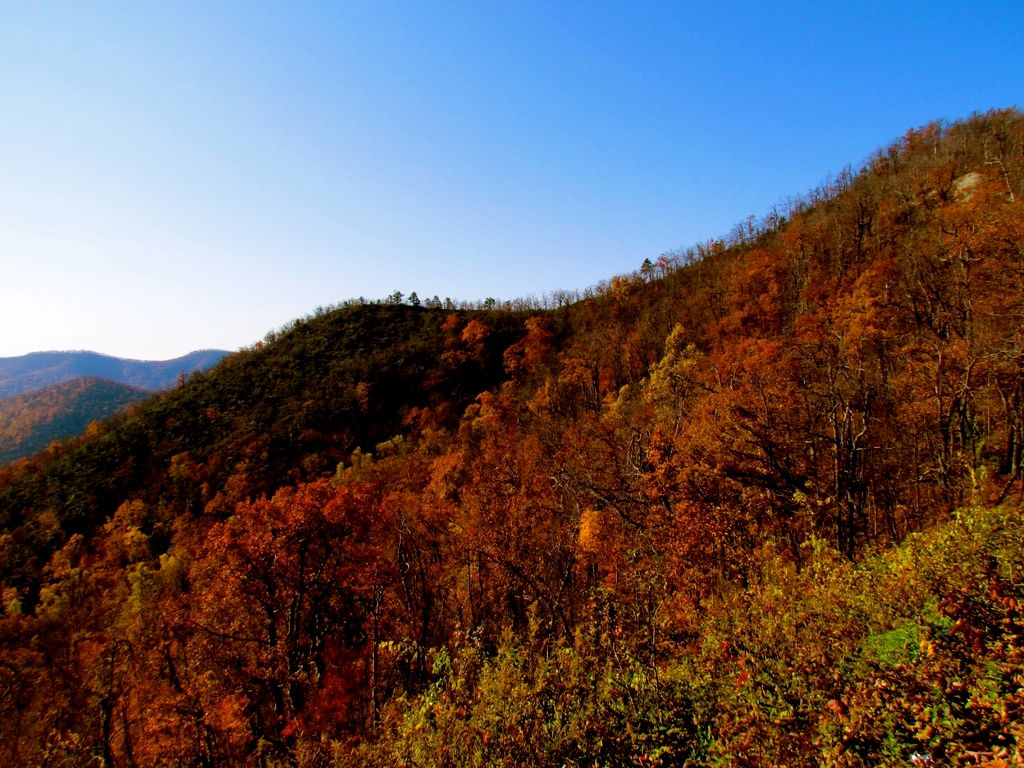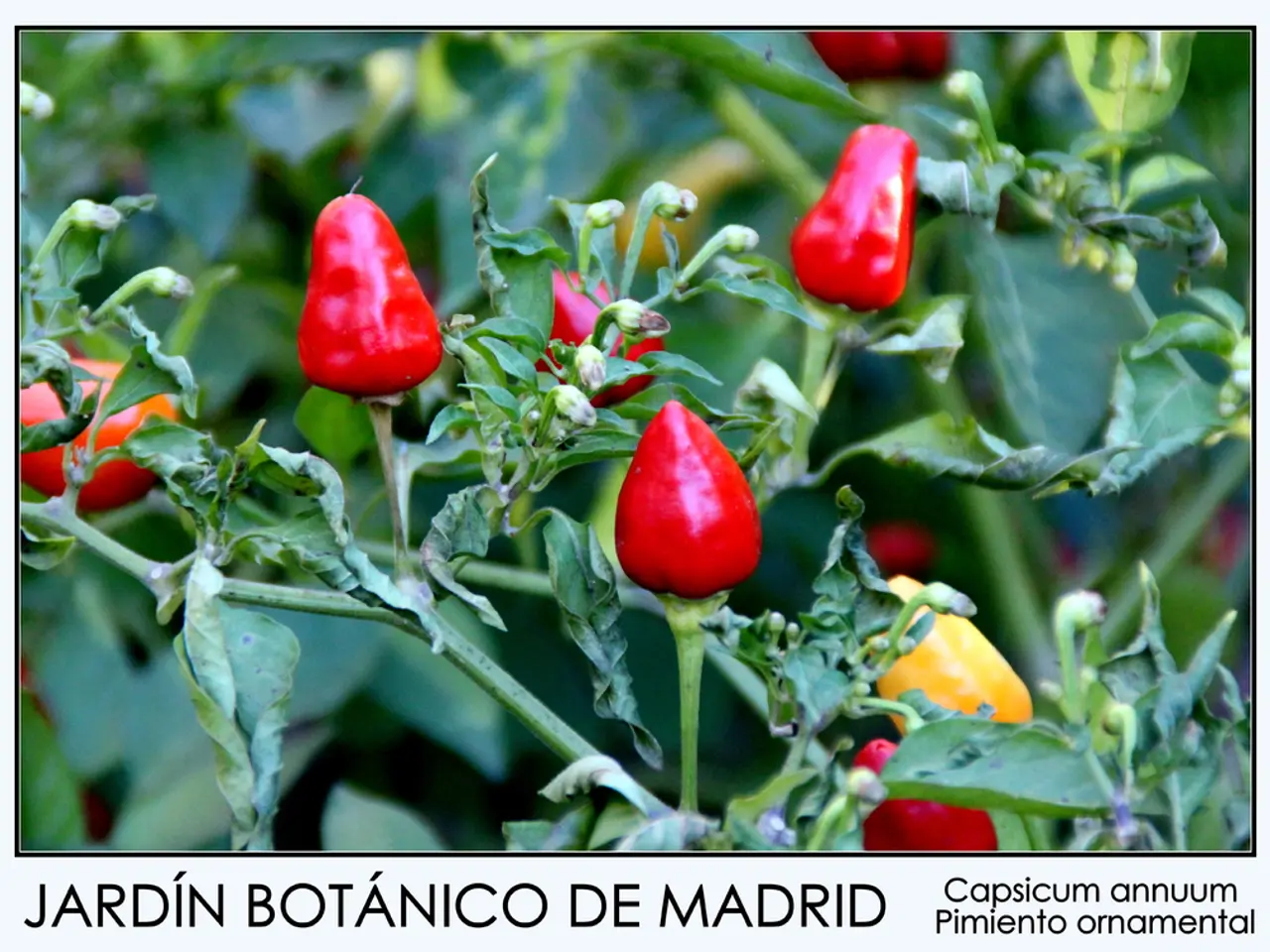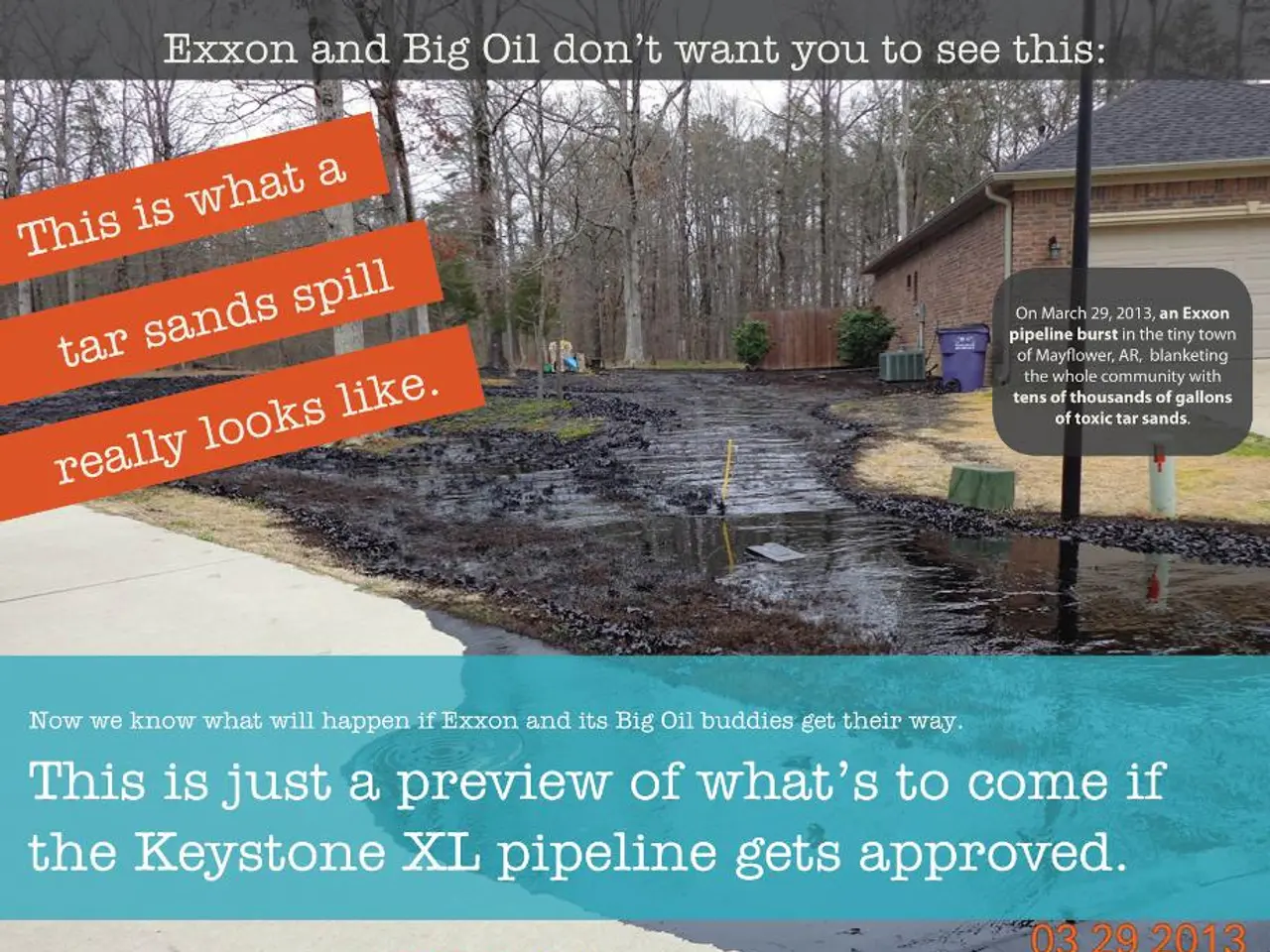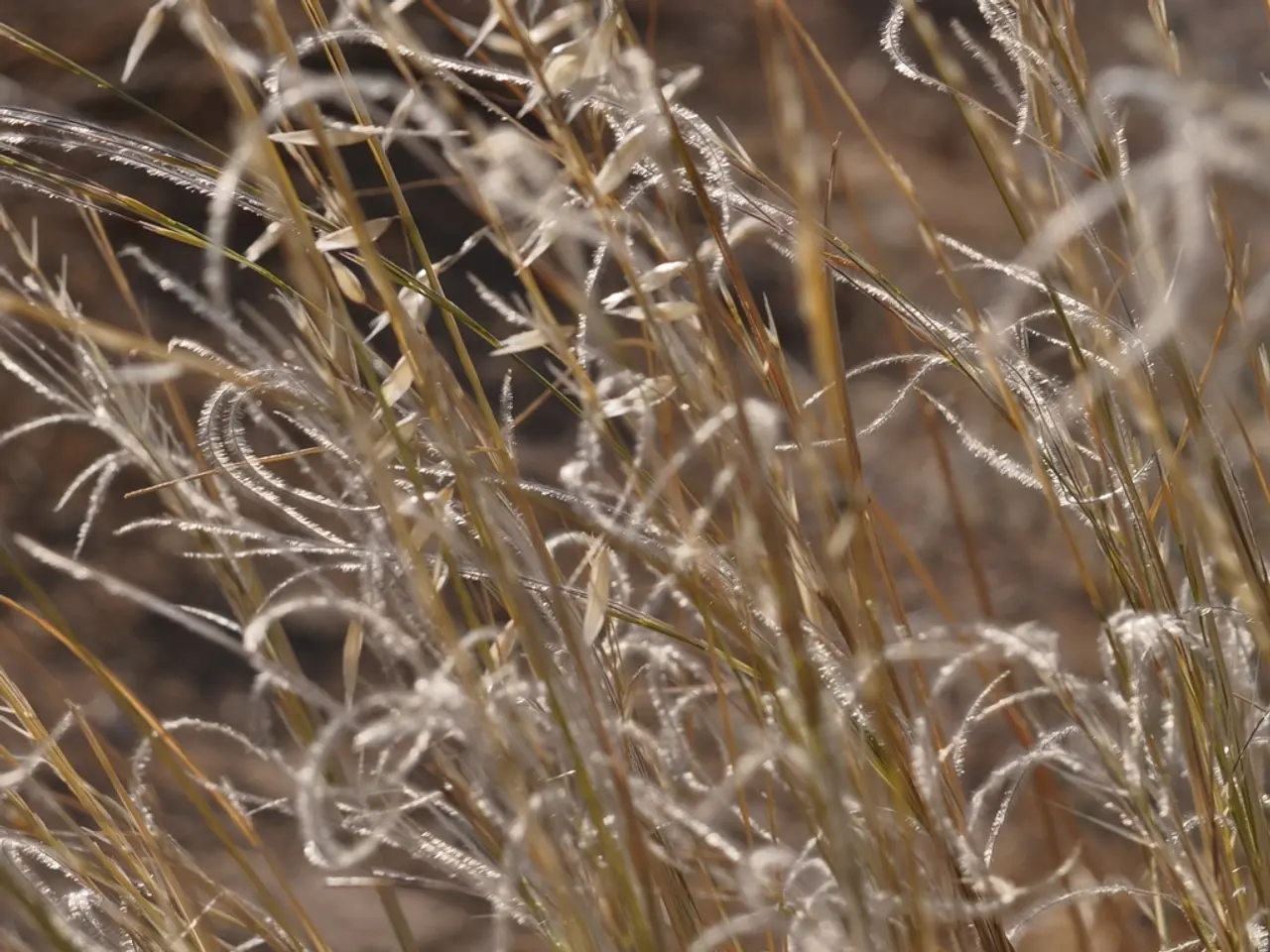Employing Landscape Fabric Beneath Walkways, Patios, and Paths for Weed Management
In a nutshell, landscape fabric—commonly known as weed barrier—is a crucial component in crafting durable and low-maintenance walkways, patios, and garden paths. Its primary roles revolve around keeping your hardscape looking clean, stable, and long-lasting. But does it always have a place under every stone? Let's uncover when, where, and how to use this woven or non-woven polypropylene or polyester barrier, plus its advantages and disadvantages.
Reasons to Embrace Landscape Fabric Under Hardscapes
- Weed Eradication: Say goodbye to pesky weeds trying to worm their way through cracks or gravel. Minimizing their growth means less maintenance and a neater appearance.
- Base Layer Support: Fabric acts as a middleman, separating soil from the base material (like gravel or sand), keeping it from sinking into the soil and ensuring a flat, even surface.
- Improved Drainage: Quality fabric lets water flow through while preventing soil erosion underneath the base layer, essential for hardscape durability.
- Reduced Settling: Without a barrier, materials can shift downward over time, causing unevenness. Landscape fabric provides an additional layer of support that helps maintain the integrity of your project.
When and Where Landscape Fabric Steps onto the Scene
Using landscape fabric isn't always a necessity or the best choice in all situations:
Best Uses:
- Gravel paths or driveways: Fabric thrives under gravel or crushed stone, preventing sinking and weed growth.
- Stepping stone paths: A fabric layer can maintain each stone's level and ward off weeds.
- Loose-fill walkways: For bark, mulch, pea gravel, or decomposed granite, fabric adds stability and control over weed growth.
Use with Caution or Avoid:
- Under paver patios: Most pros favor using compacted gravel and sand without fabric. The slippery layer it creates may cause shifting.
- Clay-heavy soils: In poorly draining areas, fabric can trap water unless installed with proper drainage layers.
Setting Up Landscape Fabric for Success: A Step-by-Step Guide
- Preparation: Mark the area and excavate the soil (typically 4–6 inches) to provide space for a stable subgrade.
- Leveling and Compaction: Smooth out the excavated area and compact the soil to prevent settling later.
- Fabric Installation: Roll out the fabric over the prepared area, cutting it to fit curves where necessary. Overlap edges by several inches to ensure no gaps and secure them with staples or landscape nails.
- Adding Base Material: Spread a layer of crushed stone or gravel (3-6 inches) over the fabric, compacting it thoroughly.
- Installing Your Surface Material: Lay pavers, gravel, stepping stones, or other hardscape materials on top of the compacted base, filling gaps with sand or fine gravel as needed.
- Edging and Mulching (optional): Use edge restraints like paver edging or natural stone coping to hold everything in place. For natural paths, consider a thin layer of mulch or decorative gravel to make your walkways look even more alluring.
Drawbacks and Advantages of Landscape Fabric Under Hardscapes
Pros:
- Weed Reduction: Minimizes weed growth and makes maintenance a breeze.
- Base Material Separation: Keeps soil and base materials separated, maintaining a stable foundation.
- Improved Drainage and Soil Separation: Lets water flow through while preventing soil erosion, promoting hardscape longevity.
- Reduced Shifting and Erosion: Helps maintain integrity, even in the face of heavier foot traffic.
Cons:
- Drainage Risks: Can cause drainage issues in poorly draining soils if improperly installed or not paired with proper drainage layers.
- Tear and Shift Risk: May shift or tear if not pinned securely or if staked improperly.
- Professional Debate: Some experts argue that compacted base materials alone perform better under pavers without fabric.
- Installation Difficulty: Can be challenging to install, especially in curved areas or when cutting the fabric to size.
smart tips
- Top-tier Fabric Selection: Always choose professional-grade, woven fabric designed for hardscapes. Stay away from flimsy weed barriers and non-woven fabrics meant for flower beds.
- Edge Your Paths and Patios Properly: Edging keeps fabric from lifting, fraying, or bunching up.
- Consult a Professional: In some cases, such as under concrete slabs or rigid paver bases, consulting with a pro is beneficial as proper compaction and drainage might be more critical.
- Regular Inspections: Inspect your fabric, pathways, and patios annually for any settling or visible issues, topping off gravel or mulch as needed.
- For gravel or stone pathways and driveways, using landscape fabric can prevent sinking and weed growth, enhancing the overall look and maintenance of the home-and-garden lifestyle.
- In settings like loose-fill walkways or stepping stone paths, landscape fabric can effectively stabilize the surface and minimize pesky weed growth, contributing to a well-maintained home-and-garden lifestyle and attractive home-and-garden features, such as a lifestyle that includes gardening.







